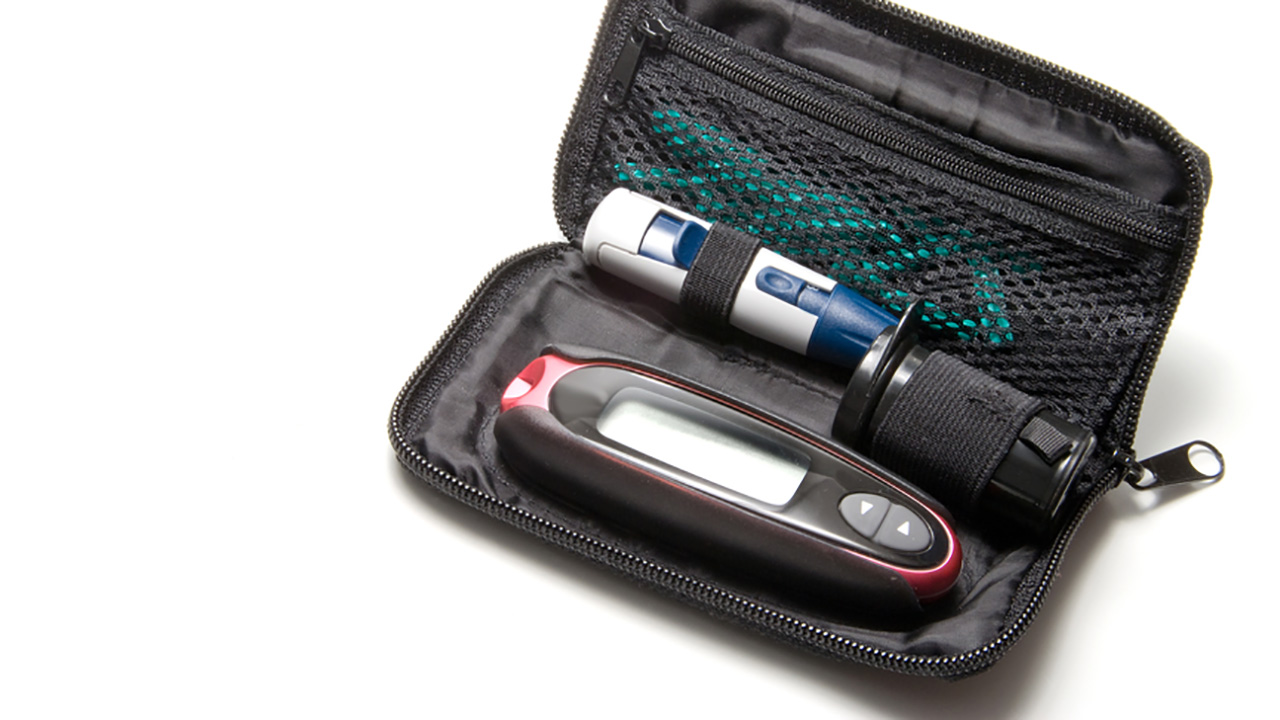What is diabetes?
What is diabetes? Diabetes is a common life-long health condition. There are 2.9 million people diagnosed with diabetes in the UK and an estimated 850,000 people who have the condition but don’t know it
- Diabetes is a condition where the amount of glucose in your blood is too high, because the body cannot use it properly. This is because your pancreas does not produce any insulin, or not enough, to help glucose enter your body’s cells – or the insulin that is produced does not work properly (known as insulin resistance)
- Insulin is the hormone produced by the pancreas that allows glucose to enter the body’s cells, where it is used as fuel for energy so we can work, play and generally live our lives. It is vital for life
- Glucose comes from digesting carbohydrate and is also produced by the liver. Carbohydrate comes from many different kinds of foods and drink, including starchy foods such as bread, potatoes and chapatis; fruit; some dairy products; sugar and other sweet foods
- If you have diabetes, your body cannot make proper use of this glucose so it builds up in the blood and isn’t able to be used as fuel www.diabetes.org.uk/Guide-to-diabetes/Introduction-to-diabetes/What_is_diabetes
Type 1 Diabetes
Develops when the body’s immune system attacks and destroys the cells that produce insulin. As a result, the body is unable to produce insulin and this leads to increased blood glucose levels, which in turn can cause serious damage to all organ systems in the body. Nobody knows for sure why these insulin-producing cells have been destroyed, but the most likely cause is the body having an abnormal reaction to the cells. This may be triggered by a virus, or other infection. Type 1 diabetes can develop at any age, but usually appears either before the age of 40, or especially in childhood.
Type 1 diabetes accounts for between 5 and 15 per cent of all people with diabetes and is treated by daily insulin injections, a healthy diet and regular physical activity.
Type 2 Diabetes
Develops when the body does not produce enough insulin to maintain a normal blood glucose level, or when the body is unable to effectively use the insulin that is being produced. Type 2 diabetes usually appears in people over the age of 40, though in South Asian and black people, who are at greater risk, it often appears from the age of 25. It is also increasingly becoming more common in children, adolescents and young people of all ethnicities.
Type 2 diabetes accounts for between 85 and 95 per cent of all people with diabetes and is treated with a healthy diet and increased physical activity. In addition to this, medication and/or insulin is often required.
Watch the video ‘Explaining Diabetes’, from Diabetes UK
Diabetes in the older person
- Diabetes is a common condition that can have a significant impact on the health and well being of older people.
- The medication that is required to control the condition may be more likely to cause side effects because of changes in the circulation and kidneys as people get older.
- Diabetes may be one condition among many such as arthritis, heart trouble and memory problems. A complication occurring for a vulnerable older person can be a catastrophe









